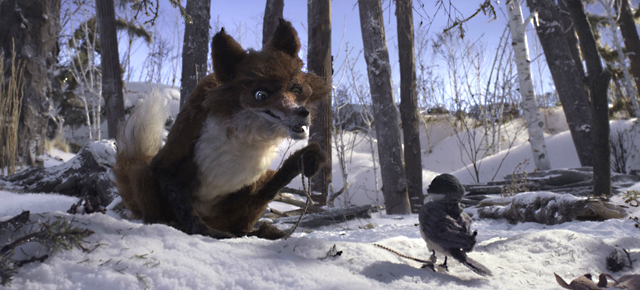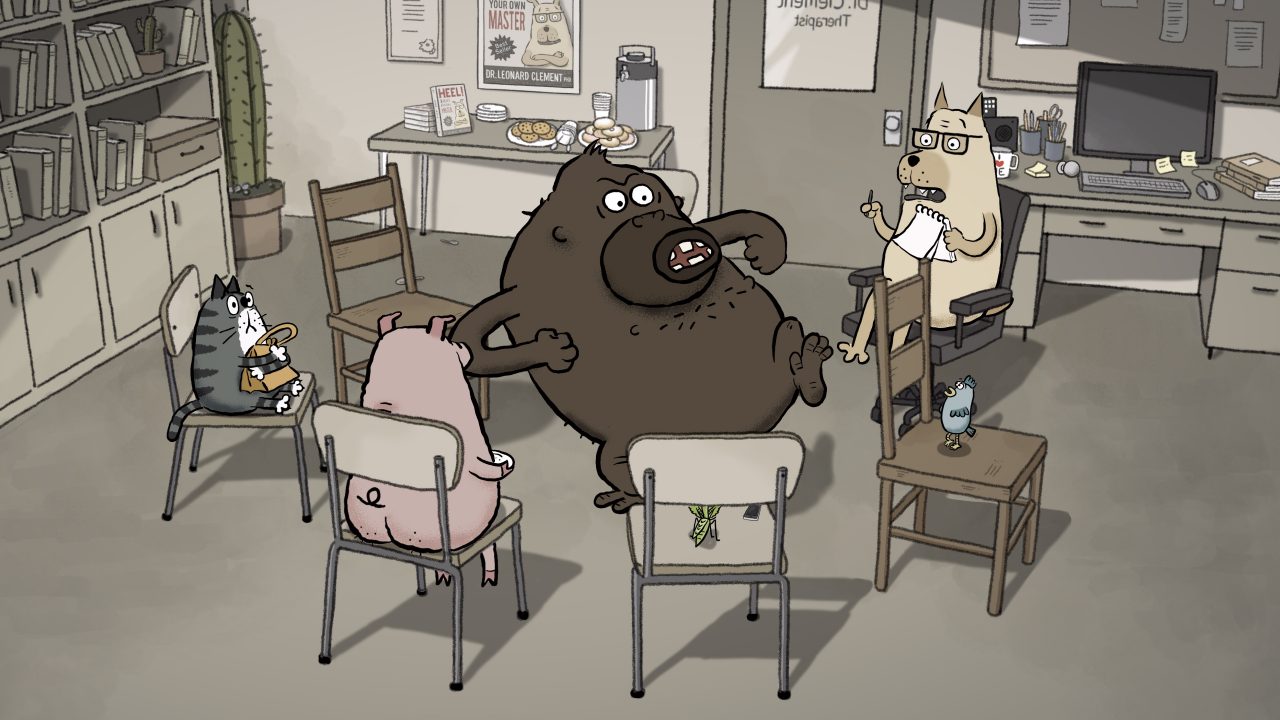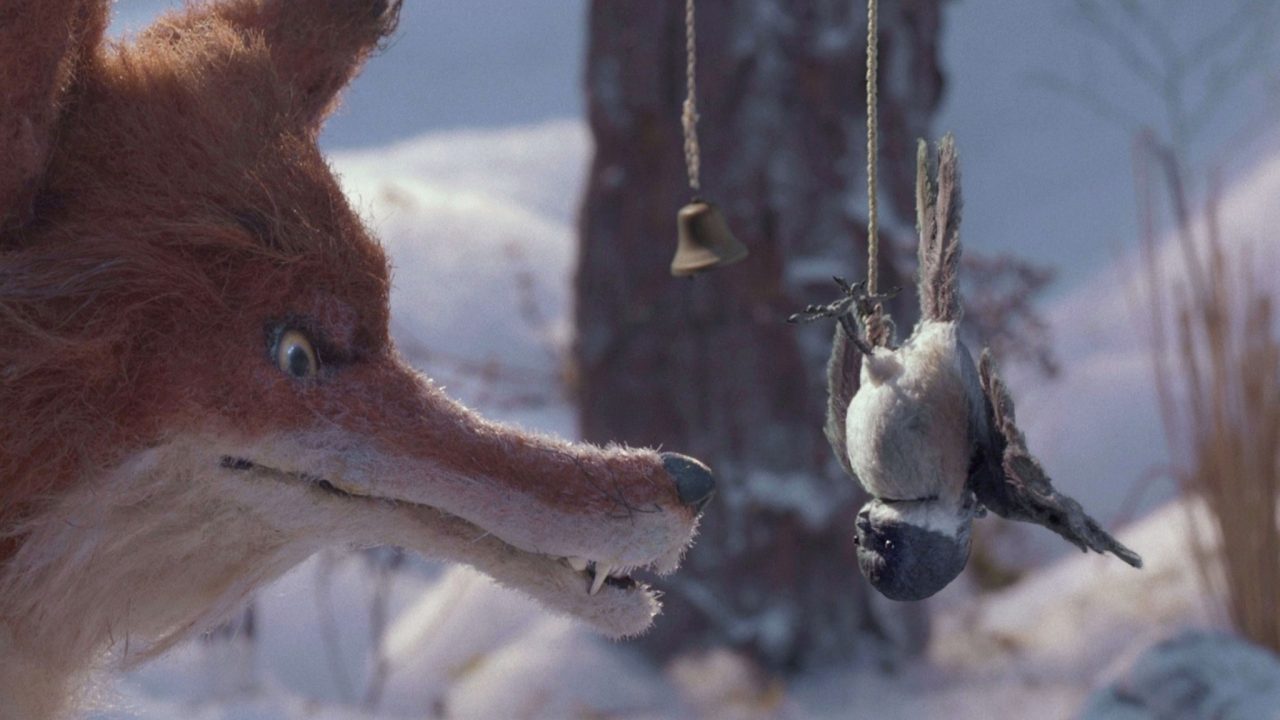
Trust as predictor of student achievement
Trust as predictor of student achievement
Danielle Delhaes is an education consultant who contributes regularly to the development of pedagogical guides for the NFB. The focus of her work is the development of concept-based curricula designed to build sustainable communities inside and outside the classroom within diverse fields and disciplines. She believes that students of all ages should experience their schooling in a holistic way, and as an authentic and meaningful part of their lives.
Trust is the firm belief in a person’s reliability, benevolence and honesty. Studies have shown that nurturing trusting relationships between teacher and students is a key element in improving student learning. It has also been demonstrated that elementary schools with high relational trust were more likely to show marked improvements in student learning. So how can relational trust be developed in the classroom? How can teachers and students participate in creating a learning environment where group life is protected by a culture of trust and respect for students within which they can take risks, collaborate, grow and thrive? The answer is dialogue and modelling.
There are many resources available to teachers to dig into the why and how of developing a classroom culture based on trust. But when it comes to engaging younger students in such a venture, it is essential to have appropriate tools to initiate discussions, explore concepts and model expectations and values.
The Fox and the Chickadee, Evan DeRushie, provided by the National Film Board of Canada
This film is available for download.
The animated film The Fox and the Chickadee, accompanied by this study guide, is a perfect example of an age-appropriate springboard for an exploration of character traits and a dialogue about trust, for children aged 8 to 10. The short film tells the story of a clever chickadee stuck in a trap and about to be eaten by a fox. Telling a deceitful tale to distract the fox, the chickadee manages to escape, leaving the greedy and naive predator himself at the mercy of the farmer who set the trap. Both creatures claim that they cannot help doing what they do because “it is in their nature”; this provides an interesting context for discussions about the relationship between character and personal choice of actions. The pedagogical guide developed for this film proposes activities where students are challenged to reflect on the following questions: What are your main character traits? Does character evolve over time? These activities also explore why the relationship between the chickadee and the fox is not healthy, as it is based on deceitfulness. This exploration leads naturally to the topic of trust, framed as an essential element of the learning environment.
Opening a dialogue with students about the meaning and importance of trust is a valuable exercise to help build a classroom culture that is inclusive, empathetic and safe. Everyone has experience with trust and can speak about the impact of its presence or absence in a variety of contexts and relationships. Making an explicit link between the development of one’s character traits and one’s contributions to group life in a classroom is essential for students to develop a sense of belonging as well as responsibility for the group’s well-being.



